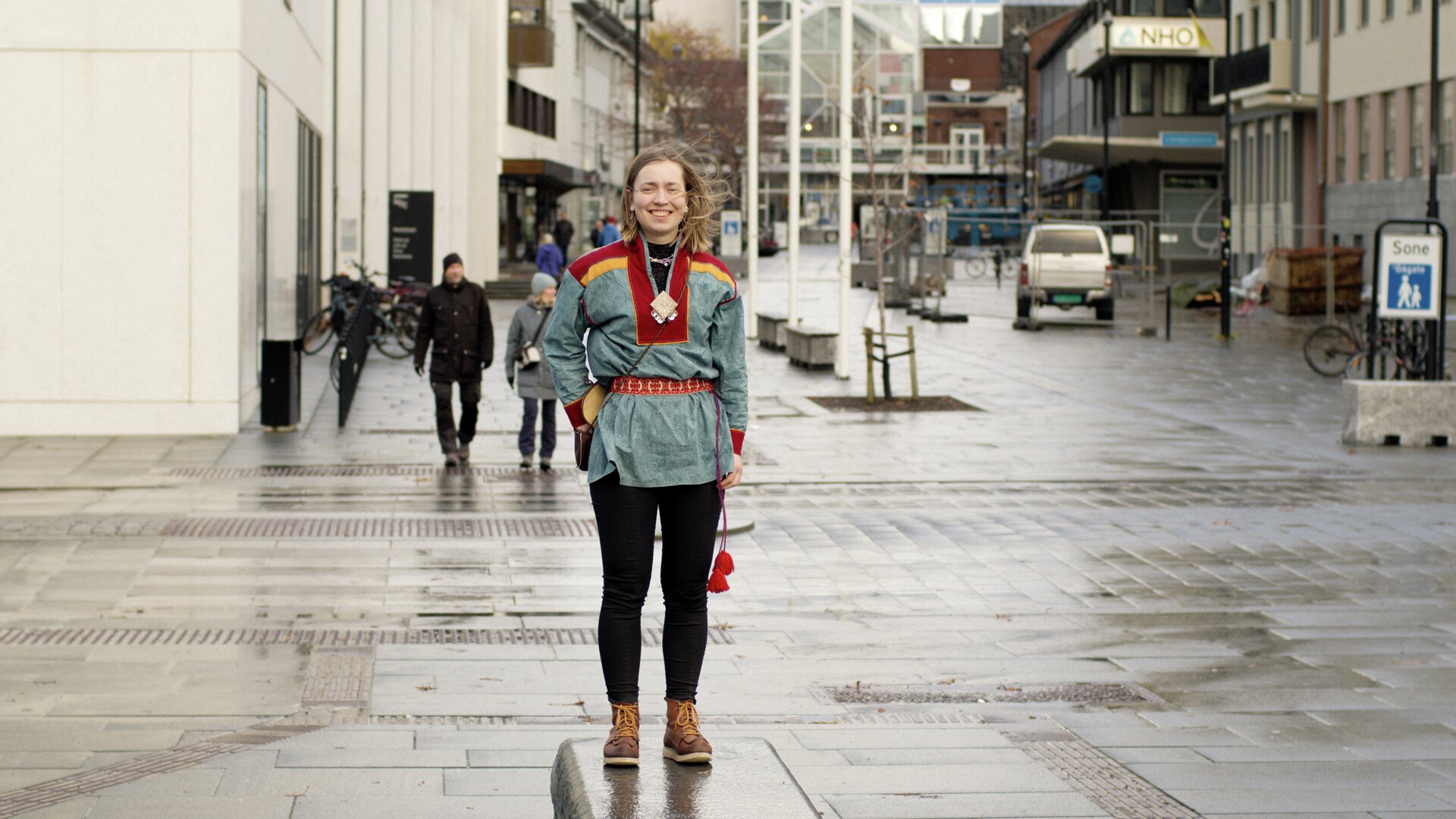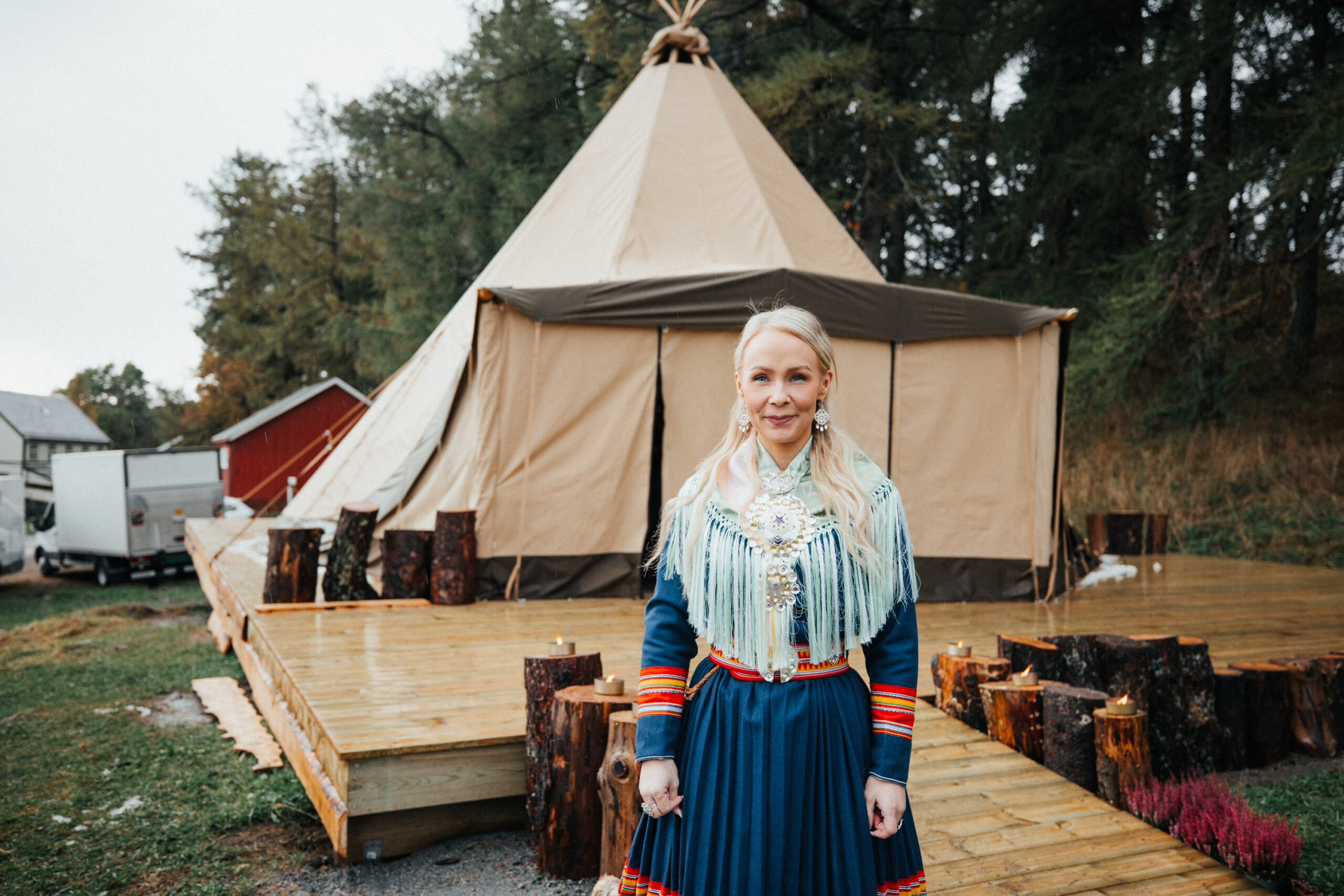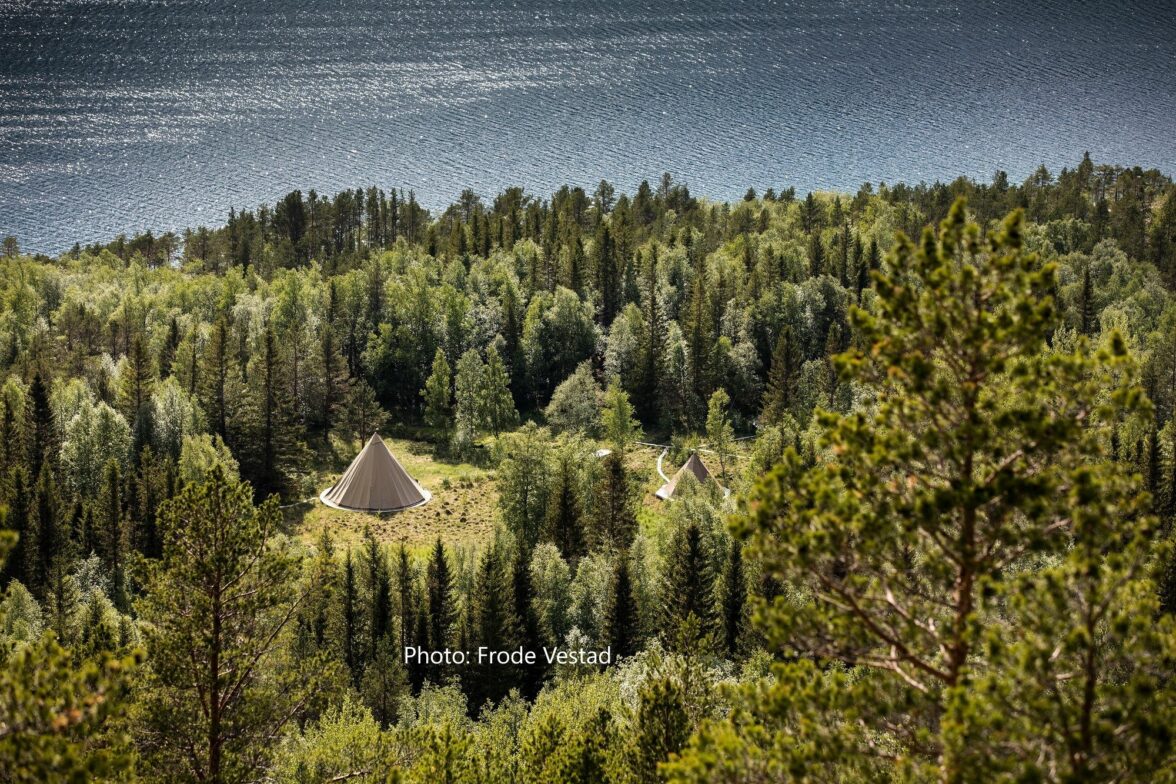
Sami Culture and History
The indigenous people of the North
Sápmi
The Sámi are the Indigenous people of Sápmi, a region spanning parts of Norway, Sweden, Finland, and Russia. For generations, they have preserved their rich traditions and culture, which remain vibrant and visible today. Sámi culture can be experienced through music, art, crafts, and literature, as well as in everyday moments like conversations and cultural symbols in society. While their historical roots lie in Sápmi, Sámi communities now live across the globe, enriching the diversity of our shared cultural heritage.
5 Facts about the Sami people
- There are 9-11 Sami Languages. The county of Nordland extands over five Sami Language areas; Northern-, Lule-, Pite-, Ume-, and South Sami.
- The traditional Sami clothing is called gákti (Northern), gáppte (Lule & Pite), gápttie (Ume), gaeptie (Southern) and kofte (Norwegian).
- Traditionally, the Sami had many different livelihoods depending on where they lived, like fishing, gathering, hunting, small-scale farming, and herding. Many also had close social and resource-based connection across the livelihood-boundaries, called the verdde-system.
- The traditional Sami singing technique is called joik. It differs from classical vocal technique and was traditionally done without instruments or with only a drum. Today, many artist use the joiking technique in modern music settings.
- The Sami National day is February 6. The day is celebrated in different ways, including activities for children, shared meals, dressing up in traditional clothing, decorating with the Sami flag and singing of the Sami national anthem.

Experience Samí Culture
Experiences and places to visit
Do you want to learn more about samí culture, history and their way of living? Here are our best tips.
Was this helpful?
Thank you for your feedback!
Thank you for your feedback!
We are reading all feedback, but unfortunately we can not respond.




